The Zekelman Holocaust Center in Farmington Hills is hosting “Boris Lurie: Nothing To Do But To Try,” a unique art exhibition by Holocaust survivor Boris Lurie. Open through December 5, 2025, this first-of-its-kind exhibit features nearly 60 of Lurie’s early paintings, drawings, and sculptures created in response to his World War II experiences. Alongside the artwork are hundreds of personal photos, letters, and documents from Lurie’s archive that together tell the story of his survival and creative journey. This powerful display offers Metro Detroit visitors a rare, emotionally resonant way to engage with Holocaust history through an artist’s eyes.
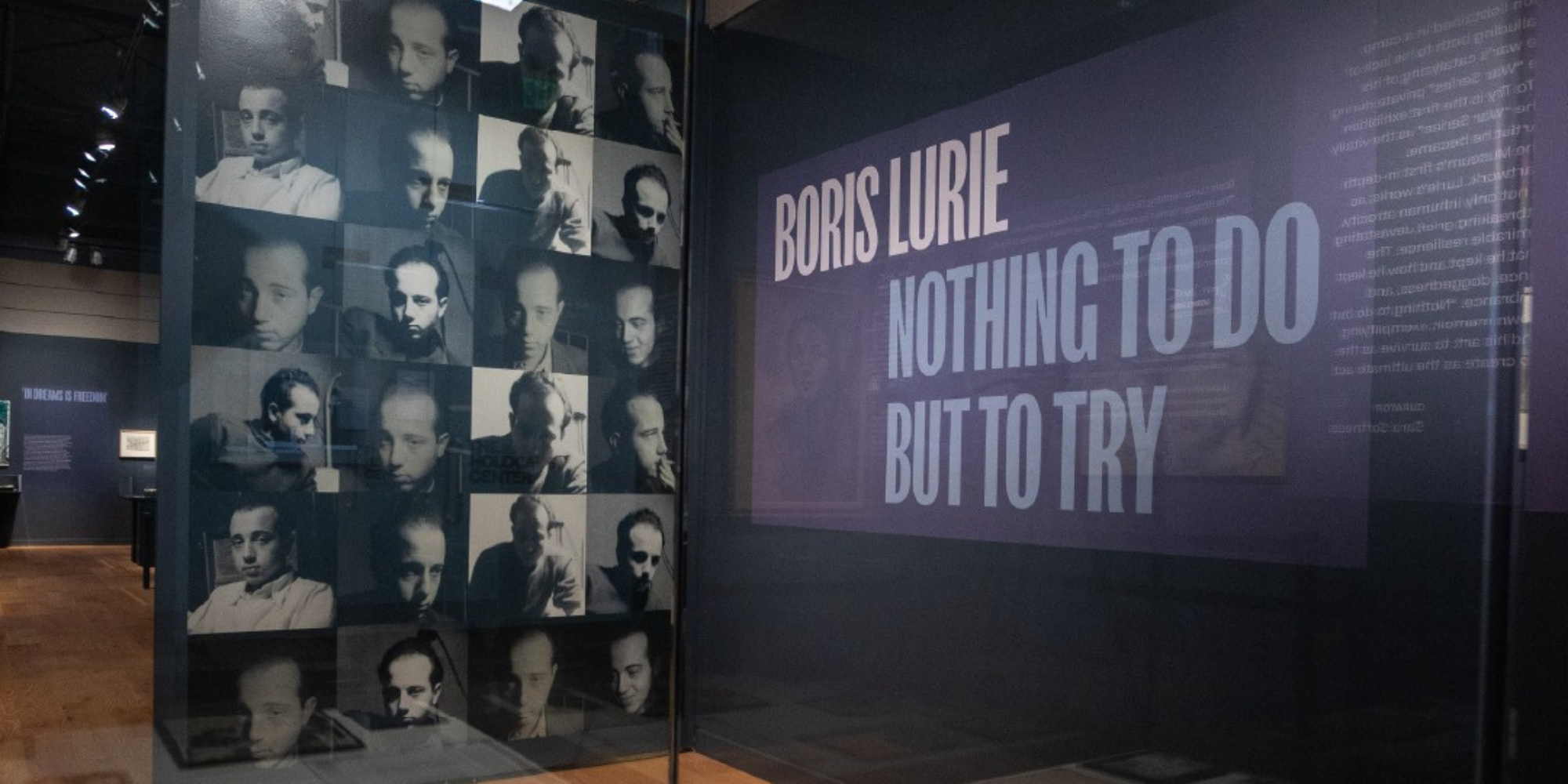 The Zekelman Holocaust Center, Facebook
The Zekelman Holocaust Center, Facebook
A Holocaust Survivor’s Art Exhibition in Farmington Hills
Metro Detroiters have a remarkable opportunity to experience Holocaust history through art at the Zekelman Holocaust Center’s new special exhibit, “Nothing To Do But To Try.” This exhibition,the first of its kind dedicated to 20th-century artist and Holocaust survivor Boris Lurie, showcases Lurie’s powerful early artworks and personal artifacts in one immersive display. On view from July 24 through December 5, 2025, at the Holocaust Center in Farmington Hills, the exhibit has been hailed as a “stunning exhibition” by the Detroit Free Press. Visitors will find nearly sixty of Lurie’s paintings, drawings, and sculptures from his visceral “War Series,” presented alongside materials from his personal archive. In other words, this isn’t just an art show, it’s a deeply personal journey into one man’s Holocaust experience, unfolding right here in suburban Detroit.
Located at 28123 Orchard Lake Road in Farmington Hills, the Zekelman Holocaust Center is an ideal venue for Lurie’s work. The Center (formerly known as the Holocaust Memorial Center) has a long-standing mission to engage, educate, and empower visitors by remembering the Holocaust. Hosting Lurie’s exhibit aligns perfectly with that mission. Metro Detroit’s rich cultural landscape now includes this moving blend of art and history, giving local families and history buffs a compelling reason to visit. The exhibition’s title, “Nothing To Do But To Try,” echoes the perseverance it took for Lurie to rebuild his life through creativity, a message that resonates strongly in a community built on grit and hope.
Who Is Boris Lurie, Holocaust Survivor and Artist?
Boris Lurie (1924–2008) was not a household name in art circles until recently, but his life story is extraordinary. Born in Leningrad, Russia and raised in Riga, Latvia, Lurie was a teenager when the Nazis imprisoned him during World War II. He survived the Riga ghetto and several concentration camps (including Stutthof and a subcamp of Buchenwald), enduring four years of incarceration from age 16 to 20. Tragically, his mother and sister were murdered by the Nazis during mass shootings in Latvia. Lurie and his father managed to survive until liberation in April 1945.
After the war, Boris Lurie immigrated to New York City in 1946 to start anew. Despite carrying the immense trauma of his teenage years, he channeled his experiences into art. Lurie became an influential avant-garde artist, co-founding the radical NO!art movement in late 1950s New York. His artwork often confronted viewers with the realities of genocide, war, and memory, sometimes using shocking imagery to ensure the world would not look away. He worked in painting, sculpture, collage, and even poetry, much of it infused with themes from his Holocaust ordeal. Lurie never forgot his lost family or the suffering he witnessed; those memories lived in his art. By the time of his death in 2008, he had created a legacy of unflinching works that serve as both artistic statements and historical testimony.
Inside the “Nothing To Do But To Try” Exhibit
Walking into the Nothing To Do But To Try exhibit, visitors are essentially stepping into Boris Lurie’s wartime and post-war world. The exhibition is centered around Lurie’s “War Series”, a collection of early drawings, paintings, and small sculptures he created in the immediate aftermath of World War II. These pieces, many never shown publicly during Lurie’s lifetime, are raw and emotionally charged. They visually grapple with the “devastating trauma and haunting memories” Lurie carried as a young survivor. For example, some paintings depict ghostly figures and shattered landscapes, reflecting the destruction he saw as a teen. Through bold strokes and somber colors, Lurie communicates horror, loss, and a desperate yearning for freedom.
What makes this exhibit especially compelling is how it interweaves art with historical artifacts. Scattered among Lurie’s canvases and sculptures are hundreds of personal items from his archive. Family photographs, official documents, camp identification papers, letters, and even diary excerpts provide context to the images on the walls. As you admire a painting of gaunt figures behind barbed wire, you might also see a faded wartime letter written in Lurie’s hand or a photograph of his family from before the war. These artifacts “underpin the visual retelling” of Lurie’s story, grounding his art in real-life experience.
The exhibit flows roughly chronologically, allowing visitors to trace Lurie’s journey. One section explores his childhood in pre-war Riga, displaying innocuous family snapshots that contrast sharply with what’s to come. Moving on, the tone darkens: drawings and sketches from 1945-46 depict scenes inspired by the camps, while adjacent documents and captions recount Lurie’s time in forced labor facilities. In one corner, a sculpture he made not long after liberation stands next to his displaced persons camp papers, a poignant pairing of creative expression and historical record. As you proceed, the exhibit follows Lurie’s post-war path: his immigration to the U.S., his attempts to build a new life, and even his return visit to Riga 30 years later. By the end, visitors have absorbed a portrait of an artist “reckoning with…a lifelong quest for freedom” after unimaginable loss.
Overall, Nothing To Do But To Try functions as part art gallery, part biography, and part memorial. It’s “emotionally compelling and visually powerful”, art history, personal history, and Holocaust remembrance all at once. Even if you walk in knowing little about Boris Lurie, you walk out feeling like you’ve met him, and witnessed the Holocaust through the eyes of someone who refused to let its horrors destroy his creative spirit.
.png) The Zekelman Holocaust Center, Facebook
The Zekelman Holocaust Center, Facebook
Why This Exhibit Matters to Metro Detroit
For Metro Detroiters, the Boris Lurie exhibit is more than just a temporary museum display; it’s a chance to engage with history in a deeply personal way. Southeast Michigan is home to a large Jewish community and many families of Holocaust survivors and veterans of World War II. An exhibition like Nothing To Do But To Try speaks directly to our community’s commitment to remembering the past and educating future generations. The Zekelman Holocaust Center itself was founded in 1984 by local Holocaust survivors who wanted a place in Michigan to memorialize victims and teach the lessons of history. Today, it welcomes thousands of visitors each year, including school field trips from Farmington Hills, Novi, West Bloomfield, and across the region – showing how ingrained Holocaust education is in our local culture. Hosting Lurie’s art here makes those lessons even more accessible and impactful.
The exhibit’s local significance also lies in its family and intergenerational appeal. Parents can bring teenagers or college students and find that art opens conversations that a textbook might not. Standing in front of a painting born from trauma, it’s hard not to feel empathy and curiosity. Kids who have learned about World War II in school may connect the dots seeing an actual survivor’s creations. Grandparents who recall the war years can share personal reflections as they tour the gallery. In a region that prides itself on strong family values and educational excellence, this kind of learning experience is priceless.
Moreover, Nothing To Do But To Try underscores Metro Detroit’s emergence as a hub for world-class cultural offerings. We often think of Detroit’s heritage in terms of cars and music, but our art and history institutions are just as noteworthy. Having a globally significant exhibition in Farmington Hills signals that you don’t always have to travel to Washington or New York to witness powerful Holocaust remembrance or great art, it’s happening here at home. This builds community pride and draws visitors from beyond our suburbs, strengthening Metro Detroit’s reputation as a center for understanding and diversity.
From a real estate perspective, community resources like the Holocaust Center contribute to the quality of life in our suburbs. Living in a place like Farmington Hills means you have meaningful experiences at your fingertips, the kind that broaden young minds and bring neighbors together for a purpose. It’s one of those intangibles that make an area feel like “home.” If you’re exploring neighborhoods that value culture, history, and education, you’ll find plenty of options in Metro Detroit. You might start by browsing homes for sale in communities known for their great amenities. (For current homeowners, we also offer a free home valuation to help you understand your property’s value in today’s market.) The bottom line is that exhibits like this deepen our connection to where we live, and that’s something the lifelong Michiganders at The Perna Team truly appreciate.
If you are planning more meaningful indoor outings with the kids, take a look at our parent’s guide to indoor fun for kids in Metro Detroit
Planning Your Visit to the Zekelman Holocaust Center
If you’re intrigued to see Nothing To Do But To Try, practical details will help you plan your trip. The Zekelman Holocaust Center is located at 28123 Orchard Lake Road in Farmington Hills, easily accessible from I-696 (Orchard Lake exit) and about a 30-minute drive northwest of Downtown Detroit. The museum offers free on-site parking in a large lot, so you won’t have to worry about finding a spot.
Hours: The Holocaust Center is open Sunday through Thursday from 9:30 am to 5:00 pm, and on Fridays from 9:30 am to 3:00 pm. (It is closed on Saturdays and major Jewish holidays.) The last admission each day is one hour before closing, as it takes at least a couple of hours to fully tour the exhibits. Plan accordingly so you have ample time to absorb Boris Lurie’s exhibition and the museum’s permanent displays.
Admission: Visiting Nothing To Do But To Try does not require any special ticket, it is included with general museum admission. As of this year, standard admission is quite affordable: $8 for adults, $6 for seniors (62+) and college students, and $5 for younger students with ID. Children under five are free, and active-duty military personnel can also enter free of charge. The museum participates in local library cultural pass programs (and offers discounts for EBT cardholders), making it accessible to families on a budget. In short, cost should not be a barrier to experiencing this important exhibit. No advance reservations are required for individual visitors, you can simply walk in and purchase tickets at the door. However, if you plan to bring a large group or school field trip, it’s best to call ahead for group tour arrangements.
Once you arrive, you’ll find a welcoming staff and a well-laid-out facility. Upon entering, Nothing To Do But To Try is housed in the Center’s special exhibition gallery, staff or signs will direct you there. Give yourself time to explore the rest of the museum too: the permanent exhibit includes impactful features like an authentic WWII-era cattle car used in deportations, recorded survivor testimonies, and a sapling from the tree outside Anne Frank’s attic hideout. These exhibits provide important context and make a visit to the Holocaust Center a comprehensive educational experience. By seeing the Boris Lurie show and the main exhibits, visitors gain both a personal narrative and a broader historical overview.
Lastly, consider the timing. The Nothing To Do But To Try exhibit runs only until December 5, 2025, and time flies, so plan your visit soon. As of today (November 13, 2025), there are only a few weeks left to catch this exhibition before it closes. Autumn in Michigan is a fitting time to go; with the days getting shorter, an indoor museum visit can be a meaningful way to spend an afternoon. If you’re reading this after the exhibit has ended, don’t despair, the Holocaust Center frequently hosts special exhibits and events, so keep an eye on their calendar for future offerings. The lessons and insights you gain will stay with you long after your visit.
For a completely different kind of museum day, our feature on Marvin’s Marvelous Mechanical Museum in West Bloomfield highlights why this quirky landmark has been a family favorite for decades
.png) The Zekelman Holocaust Center, Facebook
The Zekelman Holocaust Center, Facebook
Exploring Art and History Across Metro Detroit
Nothing To Do But To Try is just one example of how Metro Detroit embraces art and history to enrich the community. In fact, our region is bursting with cultural gems and educational attractions, from major museums in the city to quirky local landmarks in the suburbs. Detroit’s own art museum, the Detroit Institute of Arts (DIA), is world-renowned and continually brings in remarkable exhibitions. (For instance, the DIA recently reunited a 17th-century European portrait with its matching suit of Renaissance armor in a new show, reinforcing the museum’s reputation as one of the nation’s premier art institutions.) This means residents and families here can regularly engage with global art treasures without leaving town.
The commitment to culture isn’t limited to big institutions. Suburban communities around Detroit cultivate it too. A great example is the beloved Marvin’s Marvelous Mechanical Museum in nearby West Bloomfield, a one-of-a-kind collection of vintage coin-operated machines and curiosities that’s equal parts arcade and history lesson. Marvin’s has stood for decades as a “cultural and nostalgic landmark” in Metro Detroit, delighting generations of local kids and adults with its quirky exhibits (and yes, delicious kosher pickles!). It’s currently embarking on a new chapter with plans to update its space, ensuring it remains a family-friendly staple for years to come. Having unique attractions like this in our backyard gives Metro Detroit a flavor all its own.
Even at the neighborhood level, art and community go hand-in-hand. Take Downtown Farmington, right next to Farmington Hills, it recently introduced the Farmington Art Promenade, a walkable public art corridor that turns everyday streets into an outdoor gallery. This juried installation links spots like Riley Park and Grand River Avenue with sculptures, murals, and even a community-designed glass mosaic, inviting residents to enjoy art as part of their daily routine. Such grassroots art initiatives show how Metro Detroit suburbs are revamping public spaces with creativity and local pride. They make our towns more vibrant and foster a sense of togetherness. (It’s not unlike how the annual Art on the Grand festival brings people of all ages together in Farmington each summer, or how cities like Ann Arbor and Royal Oak champion the arts scene.)
All of these cultural opportunities, from profound museum exhibits to fun weekend outings, add to the quality of life in Metro Detroit. They’re a big reason why those of us who grew up here (and many who move here) feel a deep connection to this area. When you live here, learning and inspiration are always within reach, whether you’re touring a historic estate on the east side, exploring Greenfield Village in Dearborn, or checking out a new gallery in Ferndale. It’s the kind of environment where families can create meaningful memories together.
If you’re thinking about putting down roots in a community that values these experiences, Metro Detroit has plenty of wonderful options. The region offers a mix of established cities and up-and-coming neighborhoods, each with its own cultural highlights. Perhaps you envision living in a suburb like Farmington Hills, where a world-class Holocaust museum is just around the corner, or in a walkable downtown like Plymouth or Birmingham with art fairs and concerts in the park. Whatever your lifestyle, there’s likely a Metro Detroit community that fits it. The Perna Team has deep local knowledge and can guide you to the areas that align with your interests, be it proximity to museums, top-rated schools, parks and trails, or a lively restaurant scene. Feel free to explore our website or reach out for personalized recommendations. We’re always happy to help our neighbors discover the best that Metro Detroit has to offer.
Curious to learn more about life in Metro Detroit’s many communities? Don’t miss the rest of our blog for insider info on local events, real estate trends, and neighborhood spotlights. And if you want to hear from people we’ve helped, check out our client reviews and testimonials, they’ll give you a sense of why we’re passionate about what we do. In the meantime, make some time to visit that Boris Lurie exhibit before it’s gone. It’s experiences like this that remind us how important community truly is.
If you are looking for more can’t miss experiences after your visit, check out our guide to 7 attractions every Metro Detroit local should experience.
Key Takeaways
- “Nothing To Do But To Try”, Boris Lurie’s Holocaust art exhibit – is on display in Metro Detroit. The Zekelman Holocaust Center in Farmington Hills is hosting this first-of-its-kind exhibition of Boris Lurie’s work, open now through December 5, 2025.
- Boris Lurie was a Holocaust survivor who turned trauma into art. Born in 1924, Lurie survived multiple concentration camps (while losing his mother and sister) and later became an avant-garde artist in New York. His art confronts the horrors he lived through.
- The exhibit features nearly 60 early artworks plus personal artifacts. Visitors will see Lurie’s powerful “War Series” paintings, drawings, and sculptures alongside photographs, documents, and letters from his personal archive. Together, these items tell a vivid story of survival and resilience.
- It’s an emotional, educational experience for all ages (with guidance). The content is moving and thought-provoking, ideal for adults and teens to discuss history, tolerance, and the human spirit. Parents of younger children may want to preview the exhibit, as Holocaust themes can be intense.
- The Zekelman Holocaust Center makes visiting convenient and affordable. The museum is located in Farmington Hills with free parking and is open Sunday–Friday (closed Saturdays). Admission is modest ($8 for adults, with student and senior discounts) and the exhibit is included with entry. No special tickets are required.
- Metro Detroit’s cultural scene is thriving. This exhibit is one of many enriching activities in the area – from the DIA’s world-class art shows to local gems like Marvin’s Mechanical Museum and community art walks in Farmington. Living here means easy access to arts, history, and family-friendly fun.
- Local experts are here to help. Whether you’re looking to move closer to cultural attractions or just want to learn more about Metro Detroit communities, The Perna Team’s Realtors (lifelong Michiganders themselves) can provide guidance. Check out our resources and don’t hesitate to reach out for personalized help.
.png)
Frequently Asked Questions
Who was Boris Lurie?
Boris Lurie was a Holocaust survivor and artist best known for co-founding the NO!art movement. Born in 1924 in what is now Latvia, he endured several Nazi concentration camps as a teenager, experiences that later deeply influenced his art. After World War II, Lurie moved to New York City and became an influential avant-garde artist, using painting and collage to process and protest the atrocities he survived. He continued creating uncompromising artwork up until his death in 2008.
What is the “Nothing To Do But To Try” exhibit?
“Nothing To Do But To Try” is a special exhibition showcasing the early artwork and personal archive of Boris Lurie, a Holocaust survivor-turned-artist. On display at the Zekelman Holocaust Center, the exhibit features Lurie’s “War Series” paintings, drawings, and sculptures that vividly depict his Holocaust experiences. It also includes personal items like photographs, letters, and documents, offering visitors both an artistic and historical journey through Lurie’s life. The exhibit is the first of its kind dedicated to Lurie’s story and runs through December 5, 2025.
Where is the Boris Lurie art exhibition being held?
The Boris Lurie “Nothing To Do But To Try” exhibition is being held at The Zekelman Holocaust Center in Farmington Hills, Michigan. The museum’s address is 28123 Orchard Lake Road, Farmington Hills, MI 48334. This Holocaust Center (formerly known as the Holocaust Memorial Center) is a well-known museum in Metro Detroit dedicated to Holocaust education and remembrance.
How long is the Lurie exhibit open?
The exhibit is temporary and will be open for several months in 2025. It officially launched on July 24, 2025, and runs until December 5, 2025. After December 5, the special exhibition is scheduled to close, so visitors should plan to see it before that date. Always double-check the museum’s website or call ahead in case of any date changes or extensions.
Do I need tickets to see the “Nothing To Do But To Try” exhibit, or is it free?
You don’t need a separate ticket for the Boris Lurie exhibit, it’s included with general admission to the Zekelman Holocaust Center. Simply paying the regular museum entrance fee (around $8 for adults, with discounts for students and seniors) grants you access to all exhibits, including this special exhibition. Certain groups (like active-duty military or visitors using library museum passes) may qualify for free entry. There’s no extra charge specifically for Nothing To Do But To Try. Just check the opening hours and show up!
Is the exhibit appropriate for children?
The Boris Lurie exhibit contains Holocaust-related content and art that can be emotionally intense, so its suitability depends on a child’s age and maturity. Generally, it’s geared toward teens and adults, middle school and high school students can certainly learn a lot from it, especially with an adult to discuss the context. Younger children might find some images disturbing or hard to understand, as the artwork deals with war, loss, and trauma. The Zekelman Holocaust Center does welcome school groups, but usually those are students in upper elementary (with preparation) or older. If you’re considering bringing a child under, say, 11 or 12, you may want to preview the exhibit first or focus on parts of the museum designed for general audiences. Parents and guardians know their children best and can decide if the time is right. The museum staff can also offer guidance on how to approach the subject matter with kids.
What kind of artwork is on display in the Lurie exhibit?
The exhibit showcases Boris Lurie’s early post-war artwork – primarily pieces from what he called his “War Series.” These include oil paintings, ink drawings, sketches, and even a few small sculptures, all created in the mid-1940s as Lurie was processing his experiences in the Holocaust. The style of the work is often expressionistic and raw, featuring imagery that reflects concentration camps, ghetto scenes, and the overall devastation of war. In addition to the art, the exhibit displays personal artifacts like photographs, documents, and handwritten notes from Lurie’s archives. So you’ll see traditional art on the walls and in display cases, but also historical items that give context to the art. It’s a blend of an art gallery and a historical museum exhibit.
Why is the “Nothing To Do But To Try” exhibit significant?
This exhibit is significant for several reasons. First, it’s the first major exhibition focused on Boris Lurie’s Holocaust-themed art, shining a light on an artist who turned personal trauma into a powerful statement. Lurie’s works aren’t just paintings; they’re testimonies of a survivor – experiencing them can be profoundly moving and thought-provoking. The exhibit is also significant as an educational tool: it personalizes the history of the Holocaust. Rather than learning from a textbook alone, visitors connect with one man’s story through his own creations, which can leave a lasting impression about the importance of tolerance, human rights, and resilience. Lastly, for Metro Detroit, hosting this exhibition is a point of pride and reflection. It underscores the community’s dedication to Holocaust remembrance and art’s role in processing history. The Detroit Free Press even called it a “stunning exhibition,” highlighting its impact. In short, Nothing To Do But To Try is not just another museum exhibit, it’s a meaningful convergence of art, history, and memory.
What is the Zekelman Holocaust Center?
The Zekelman Holocaust Center (formerly known as the Holocaust Memorial Center) is a museum and educational institution in Farmington Hills, Michigan, devoted to teaching about the Holocaust. Founded in 1984 by local Holocaust survivors, it was one of America’s first free-standing Holocaust museums. The Center features a core exhibition that includes historical artifacts (like a WWII-era boxcar used in transports), multimedia displays, and recorded survivor testimonies. Its mission is to honor the memory of the six million Jews and millions of other victims murdered during the Holocaust, and to use their stories to educate people about the dangers of antisemitism, hate, and genocide. In addition to its permanent exhibit, the Holocaust Center has a research library and hosts temporary exhibits (such as the Boris Lurie art exhibit) and public programs. It’s a key cultural and historical resource in Metro Detroit, helping visitors of all backgrounds understand the Holocaust’s lessons and the value of diversity and human rights.
What else can I see at the Holocaust Center besides the Lurie exhibit?
There is a lot to see at the Zekelman Holocaust Center beyond the Boris Lurie special exhibit. The permanent museum exhibit is extensive and very impactful. As you walk through, you’ll encounter informative displays about Jewish life in Europe before the war, the rise of Nazism, and detailed accounts of ghettos, concentration camps, and resistance efforts. Notable artifacts include an authentic German cattle car from the 1940s (the type used to deport Jews to concentration camps), which you can actually step inside, a sobering experience. You’ll also find exhibits of personal items donated by survivors (clothing, photographs, religious items hidden during the war, etc.), and video stations where you can watch local survivors share their testimonies. One standout piece is a sapling grown from the chestnut tree that stood outside Anne Frank’s secret annex in Amsterdam, a living symbol of hope amidst horror. Additionally, the museum often has a rotating gallery of art or photography related to human rights and an area honoring those who helped save lives during the Holocaust. By exploring the entire Center, visitors get both the broad historical narrative and intimate personal stories. It’s a comprehensive learning experience that complements the Lurie exhibit nicely.
DON'T KEEP US A SECRET - SHARE WITH A FRIEND OR ON SOCIAL MEDIA!
THINKING OF MOVING TO Farmington Hills, OR LOOKING TO RELOCATE IN THE AREA? VIEW A LIST OF CURRENT HOMES FOR SALE BELOW.
Farmington Hills Real Estate Listings, $200,000 - $300,000
-
All Listings
-
Under $100,000
-
$100,000 - $200,000
-
$200,000 - $300,000
-
$300,000 - $400,000
-
$400,000 - $500,000
-
$500,000 - $600,000
-
$600,000 - $700,000
-
$700,000 - $800,000
-
$800,000 - $900,000
-
Over $1,000,000
The Perna Team and Michael Perna are the best real estate agents in Farmington Hills and Ann Arbor. The Perna Team and Michael Perna have been hired as a real estate agent by hundreds of home owners to sell their homes in Farmington Hills and Ann Arbor.
The Perna Team were steady, responsive, and genuinely supportive from beginning to end. If you're buying or selling a home anywhere in Metro Detroit, Noah is the kind of agent who shows up with professionalism, care, and your best interest at heart.
Posted by Michael Perna on
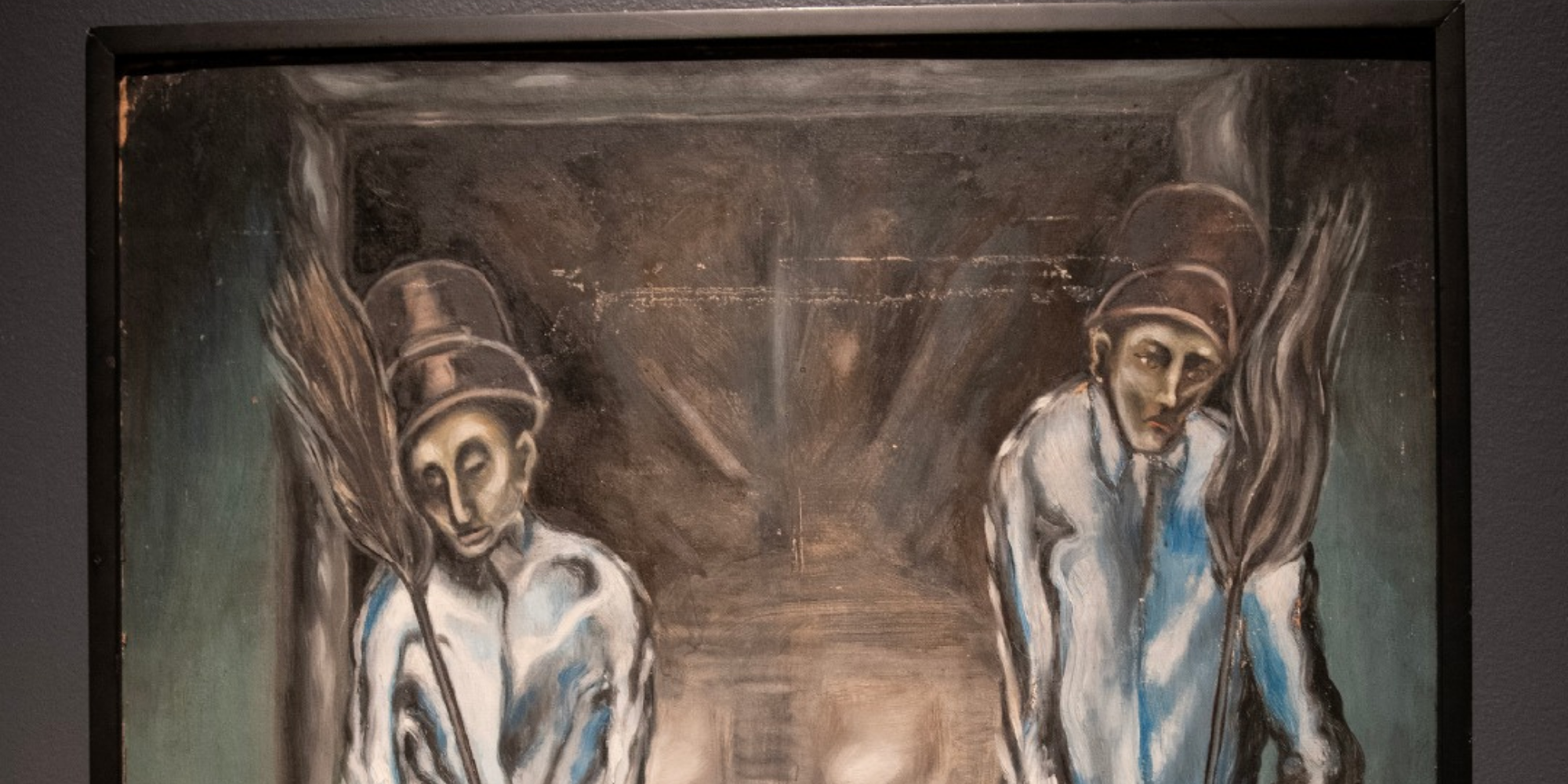




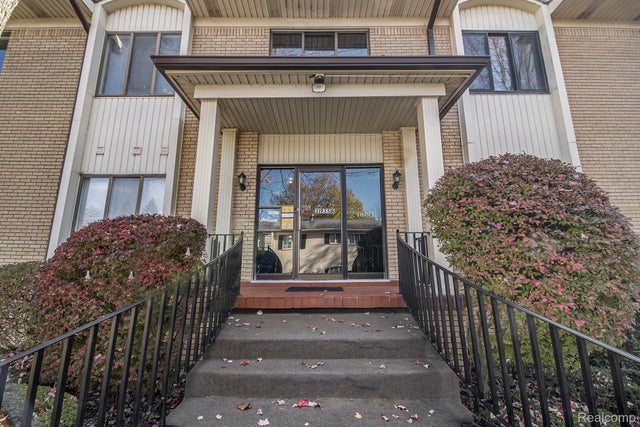

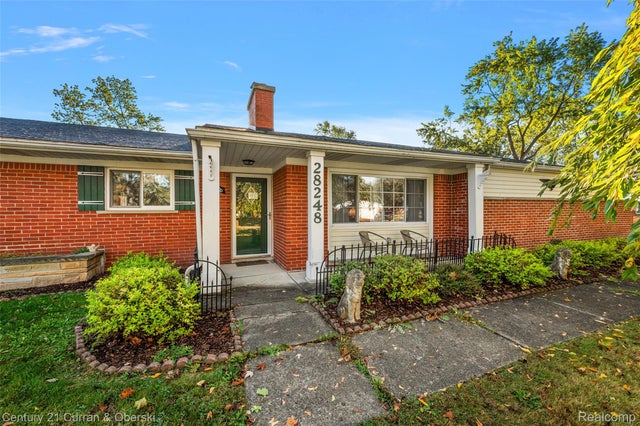
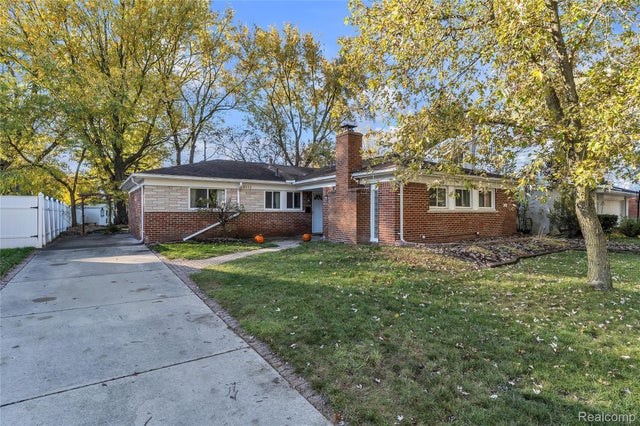

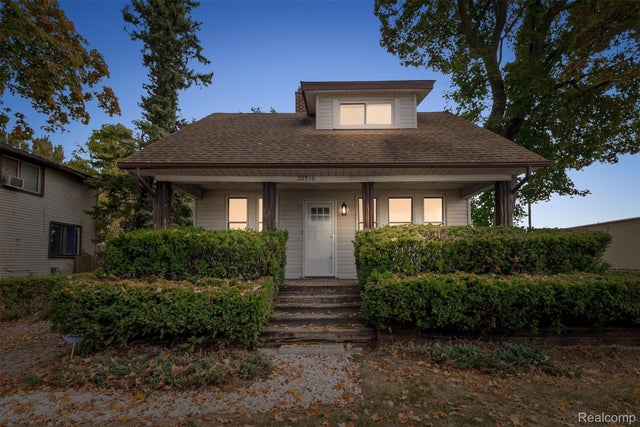


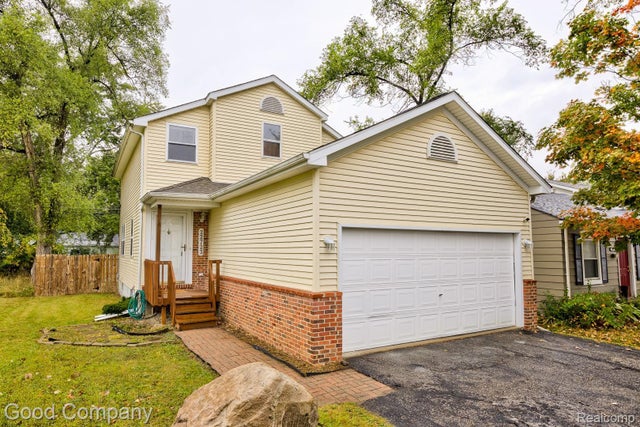

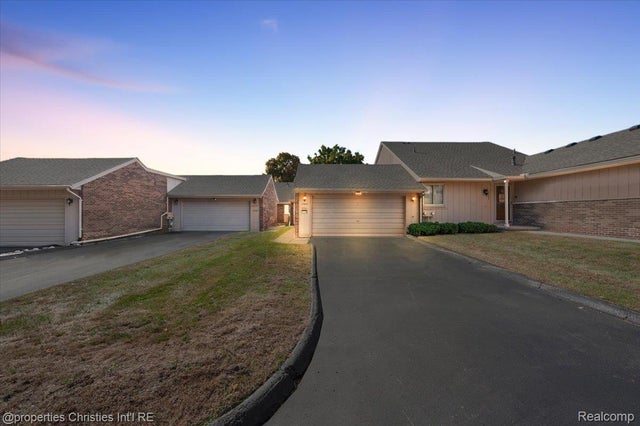
Leave A Comment